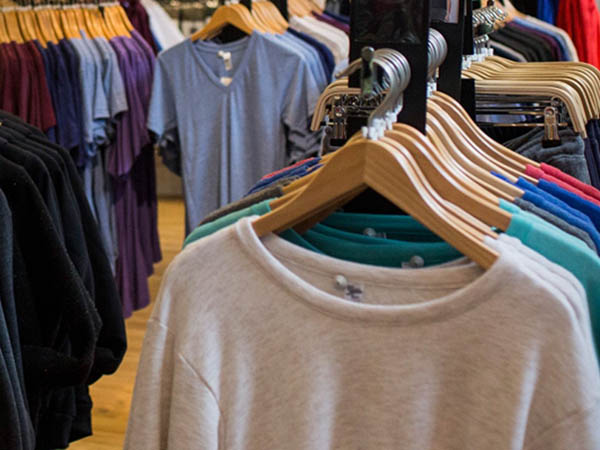Business Background
The client is a clothing company in Tianjin, which recently imported a batch of adult clothing from Paris to Tianjin. This customer is a new customer introduced by an old customer through customs clearance. We learned from the consultation that we are very professional in importing clothing, because we can also safely hand over the goods to our company for operation.
Business Process
The clothing imported by our company includes: short-sleeved T-shirts, women's sweaters, hoodies, vests, trousers, men's suit jackets, and some shoes.
The contents to be declared by the customs clearance agent of imported clothing: 0 brand type, 1 export preferences, 2 weaving method (knitting or crocheting), 3 categories (men's, women's, same style for men and women), 4 whether there is a collar, 5 whether With buckle, 6 Whether there is a zipper, 7 Ingredient content, 8 Brand (Chinese or foreign language name), 9 Article number, 10GTIN, 11CAS, 12 Others.
Remarks: The contents of the declaration elements for different clothing imports are different, as well as the hs code, import tax rate, inspection and quarantine and other aspects.
Clothing import customs clearance information
Air/Ocean Bill of Lading, Waybill, Packing List, Invoice, Contract, Power of Attorney for Customs Declaration and Inspection and Declaration Elements, etc.
Apparel Import Process
1. The importer signs a garment import contract with a foreign businessman and obtains the authorization of a foreign brand;
2. Transportation of imported goods (air, sea, international express);
3. The bank handles the payment procedures;
4. Customs declaration and inspection of imported clothing;
5. Pay import duty value-added tax;
6. Customs release, customs clearance delivery or self-delivery.

Experience summary
1. Declaration elements of clothing import declaration: product name, weaving method (weaving, etc.), type (one-piece, summer clothes, washed clothes, sleeveless blouses, etc.), category (men's, women's, children), ingredient content, brand .
2. The difficulty in importing clothing is the rectification of labels. Clothes need to have three guarantees, certificates of conformity, and washing labels (commodity inspection requirements, most clothing needs to be rectified). As long as you pay attention to these problems, it is basically not that difficult to import clothing.
3. The product information is consistent. Before importing clothing, you must clearly know the information of your own products, otherwise the customs will require you to declare a lot of things during customs clearance. As long as there is a little difference in the material, the customs will require you to declare it as one item.


